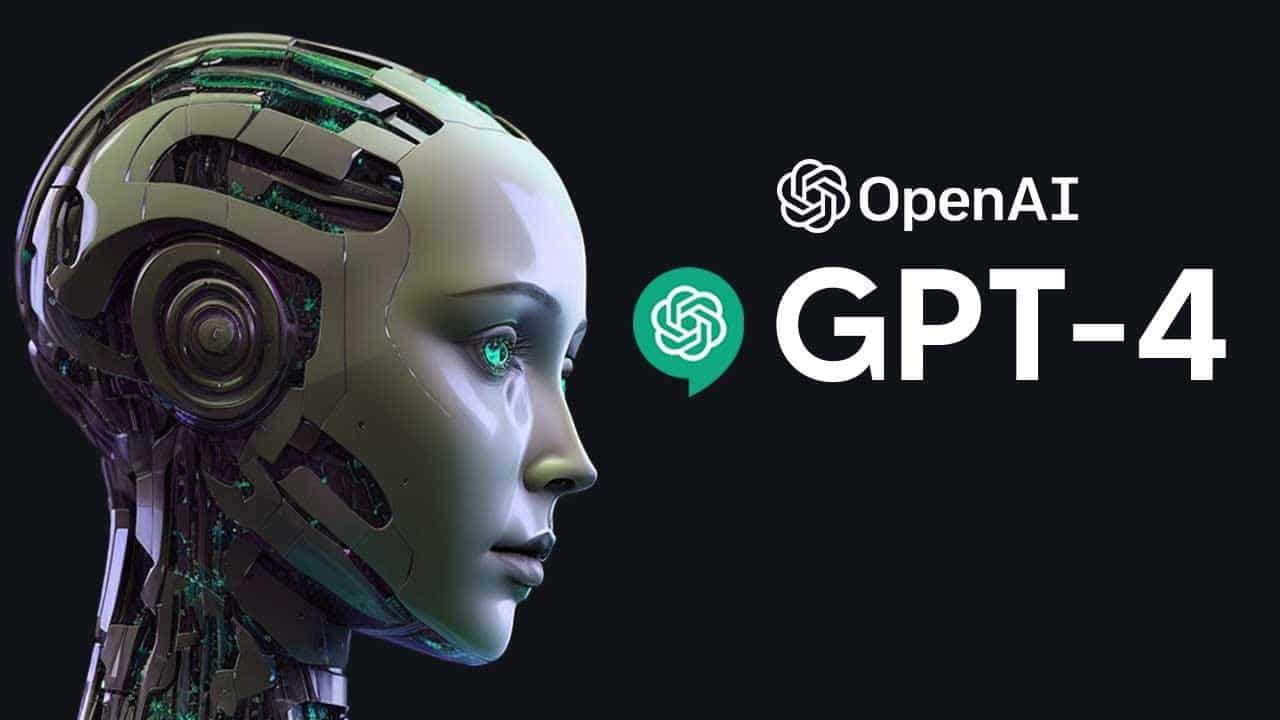ChatGPT-4: The Next Generation of AI Language Model
 |
Artificial Intelligence (AI) has become an integral part of our lives, and we interact with it daily through our devices and applications. One of the most exciting AI advancements in recent years is the development of natural language processing (NLP) models, which can understand and respond to human language. ChatGPT-4 is the latest and most advanced NLP model to date, built on the success of its predecessors, ChatGPT-1, ChatGPT-2, and ChatGPT-3.
What is ChatGPT-4?
ChatGPT-4 is an AI language model that uses deep learning techniques to understand and generate human-like text. It is based on the GPT-3 architecture, which stands for Generative Pre-trained Transformer 3, and was developed by OpenAI, a leading AI research institute. The GPT-3 model has been widely recognized for its impressive performance, but ChatGPT-4 takes it to the next level by adding more training data, larger computational resources, and improved algorithms.
ChatGPT-4 uses a technique called unsupervised learning, where it learns from a large amount of text data without being explicitly trained on a specific task. It uses a transformer architecture, which is a type of neural network that can process input sequences of variable length and produce output sequences of variable length. The transformer architecture enables ChatGPT-4 to model complex dependencies in natural language and generate coherent and contextually relevant responses.
What are the Applications of ChatGPT-4?
ChatGPT-4 has a wide range of applications, including chatbots, virtual assistants, automated content generation, and language translation. Chatbots are one of the most popular use cases for AI language models, and ChatGPT-4's ability to generate human-like text makes it an ideal candidate for creating conversational agents. Virtual assistants, such as Siri and Alexa, could also benefit from ChatGPT-4's enhanced NLP capabilities, making them more human-like and efficient.
As a language model, ChatGPT-4 has been designed to perform a variety of natural language processing tasks. Here are some of the applications of ChatGPT-4:
Chatbots: Chatbots are computer programs that simulate human conversation. With ChatGPT-4, it is possible to create chatbots that can understand and respond to human language with a high degree of accuracy.
Chatbots are designed to simulate human conversation, and they can be used in a variety of applications, such as customer support, virtual assistants, and e-commerce. With ChatGPT-4, it is possible to create chatbots that can understand and respond to human language with a high degree of accuracy, making them more effective and user-friendly.
To create a chatbot using ChatGPT-4, developers typically start by training the model on a large dataset of conversational data. This data can come from a variety of sources, such as customer support transcripts, social media messages, or chat logs. The model is then fine-tuned on a specific task or application, such as customer service or sales.
Once the model has been trained, it can be integrated into a chatbot platform, such as Facebook Messenger, Slack, or WhatsApp. Users can then interact with the chatbot using natural language, and the model will generate responses based on the context of the conversation. Chatbots can also be programmed to perform specific actions, such as booking a hotel room or placing an order online.
Overall, chatbots created using ChatGPT-4 can provide a more efficient and personalized customer experience, allowing businesses to streamline their operations and improve customer satisfaction.
 |
Virtual Assistants
|
Virtual assistants created using ChatGPT-4 are software programs that are designed to perform various tasks or services for individuals. They are typically integrated into devices such as smartphones, smart speakers, or wearable devices and can be activated using voice commands.
With ChatGPT-4, virtual assistants can understand natural language commands and respond with accurate and relevant information. For example, a virtual assistant could be programmed to answer questions, make recommendations, set reminders, or even place orders online.
To create a virtual assistant using ChatGPT-4, developers typically start by training the model on a large dataset of voice commands and associated actions. The model is then fine-tuned on a specific task or application, such as scheduling appointments or managing emails.
Once the model has been trained, it can be integrated into a virtual assistant platform, such as Amazon Alexa or Apple Siri. Users can then interact with the virtual assistant using natural language commands, and the model will generate responses based on the context of the conversation.
Overall, virtual assistants created using ChatGPT-4 can provide a more intuitive and user-friendly experience, allowing individuals to access information and services more easily and efficiently.
Language Translation: ChatGPT-4 can be used for language translation, allowing users to translate text from one language to another with a high degree of accuracy. This can be useful for businesses that operate in multiple countries or for individuals who want to communicate with people who speak a different language.
ChatGPT-4 can be used for language translation in various ways, such as:
1-Website translation: Businesses can use ChatGPT-4 to translate their website into multiple languages, making it more accessible to customers around the world. This can help to increase the business's global reach and expand its customer base.
2-Document translation: Individuals or businesses can use ChatGPT-4 to translate documents from one language to another, such as legal contracts, financial reports, or technical manuals. This can help to facilitate communication between people who speak different languages and enable collaboration across borders.
3-Social media translation: ChatGPT-4 can also be used to translate social media posts, messages, and comments. This can be especially useful for individuals or businesses with a global social media presence, as it allows them to engage with customers or followers who speak different languages.
4-Travel translation: ChatGPT-4 can help travelers communicate more effectively in foreign countries by translating signs, menus, and other written materials. This can make it easier for travelers to navigate new places and understand local customs and culture.
Overall, ChatGPT-4 can provide a high degree of accuracy in language translation, making it a powerful tool for businesses and individuals who need to communicate across language barriers.
Another potential application of ChatGPT-4 is in the field of automated content generation. With its ability to generate coherent and relevant text, it could be used to create news articles, product descriptions, and other types of content automatically. This could save time and resources for content creators and publishers, and also reduce the need for human intervention.
Limitations of ChatGPT-4
While ChatGPT-4 represents a significant advancement in AI language modeling, it still has some limitations. One of the main challenges is the potential for bias in the training data, which can lead to biased or inaccurate responses. Another limitation is the model's reliance on large amounts of computational resources, which can make it difficult to deploy in resource-constrained environments.
Conclusion
ChatGPT-4 is the latest and most advanced AI language model to date, with the potential to revolutionize the way we interact with machines and applications. Its enhanced NLP capabilities could lead to more human-like and efficient chatbots and virtual assistants, as well as automated content generation and language translation. However, like any AI model, it has its limitations and challenges, and researchers must continue to work towards improving its accuracy and reducing bias.






No comments:
Post a Comment